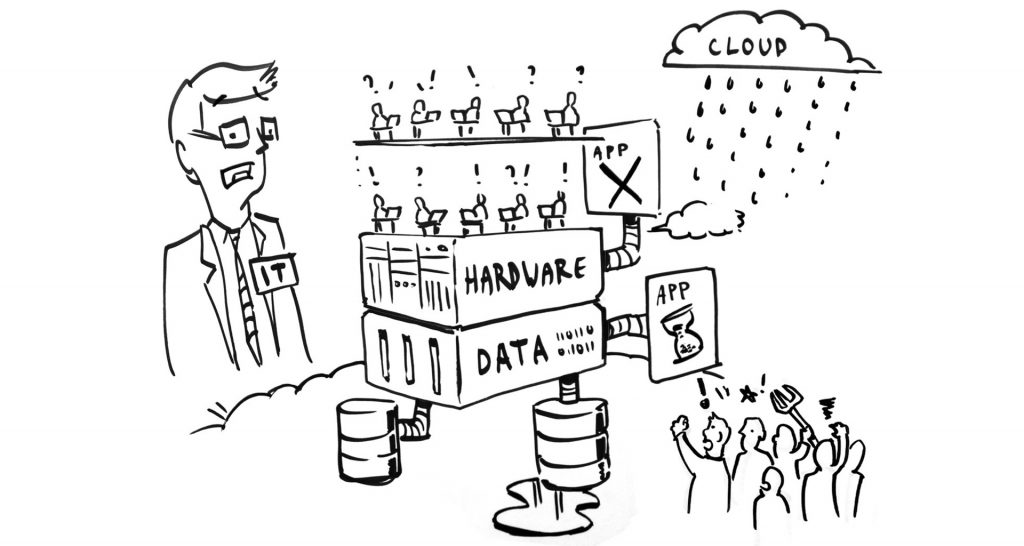

When we talk about performance tests before a go-live, we often hear the objection ‘it costs too much money and makes no sense because the application is not finished yet’. And even after going live, it is often thought that performance testing costs more than it yields. We think this is a misconception: the business case for performance testing is easy to make.
1. Create oversight and insight
To tackle IT performance problems at the core, it is obviously necessary to have insight into the various application chains. The question, however, is whether this is really ‘obvious’ for most companies. Often, an organisation does realize the need for insight, but in practice is nowhere near achieving it.
- Only monitor at application level. While this does provide insight into the performance of individual applications, the chain as a whole is ignored, despite the fact that IT performance problems often arise in the connections and dependencies between different applications.
- Do not monitor uniformly. By monitoring different applications in different ways, you have to deal with different metrics. And which insight is then the truth? Without a single, common, objective point of truth, it is difficult to take external suppliers to task and deduce the cause.
- Do not monitor independently. Many application suppliers use technical monitoring tools to give insight into the performance of their own application. Apart from the fact that this tells little about the application’s performance as part of the whole chain, it is not always reliable. It is a typical case of ‘being one’s own judge and jury’. It is therefore advisable to use independent monitoring, either by engaging an external party or by doing it yourself.
2. Carry out clear supplier management
Complex chains often consist of multiple IT components that are supplied by different suppliers. Each supplier subsequently looks only at his own component. In the event of an incident, it is difficult to determine which application or supplier in the chain is causing the incident, which ultimately results in the ‘blame game’. Then all the suppliers point at each other, but nobody resolves the problem. This costs a lot of time and money, and causes much frustration. Furthermore, the solutions that are eventually chosen are just patches, and no structural solution is found.
3. Go for expertise
Various tools are available which can help with application performance management and chain monitoring. It is, however, important to determine whether you have the right in-house knowledge for these. Do you have qualified staff who can read and interpret these metrics? And have processes been established to efficiently escalate performance problems? Performance management, and in particular chain monitoring, are fields that are frequently underestimated. Good software alone will not get you there. You should therefore pay attention to knowledge and expertise. Preventing IT performance problems or resolving them quickly also calls for a change in the organisation’s mind-set and sometimes its way of working. After all, it’s not enough to simply collect and read metrics; actions have to be taken in response to the results.



